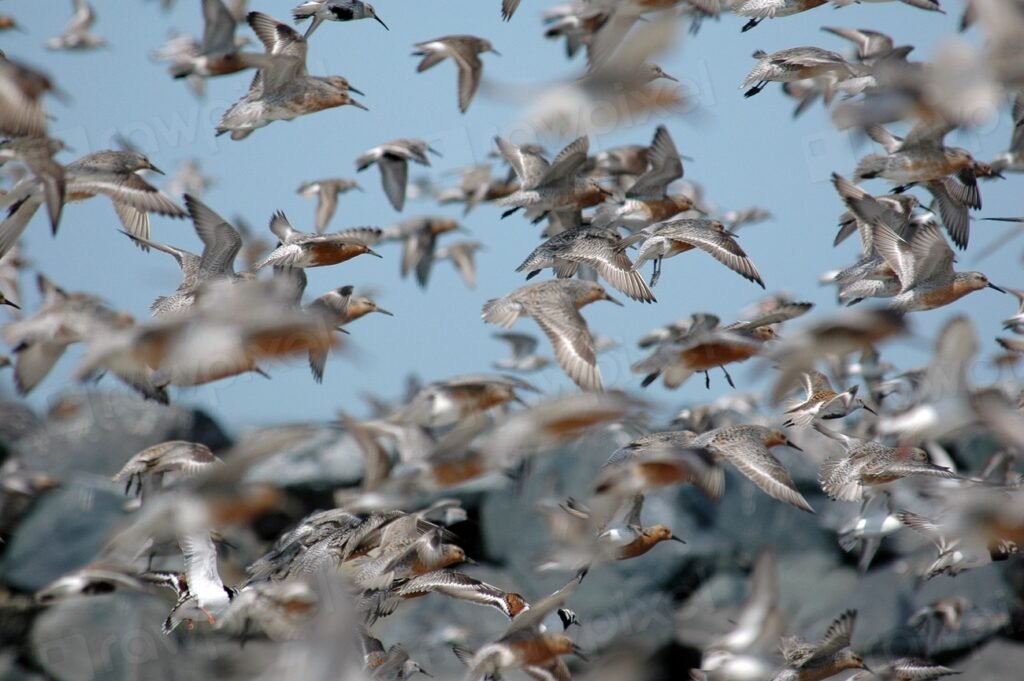Every year, billions of birds embark on epic journeys across the United States, transforming our skies into superhighways of migration. What once seemed like magic – these incredible avian adventures – can now be tracked and understood thanks to cutting-edge satellite technology. Scientists use everything from tiny GPS devices weighing less than a paperclip to massive weather radar networks spanning the entire continent. The result? We can now follow individual birds on journeys that span continents and witness migration patterns that would make even the most seasoned traveler envious. These technological marvels have revealed secrets that ornithologists could only dream of just decades ago.
Arctic Tern: The Ultimate Pole-to-Pole Champion
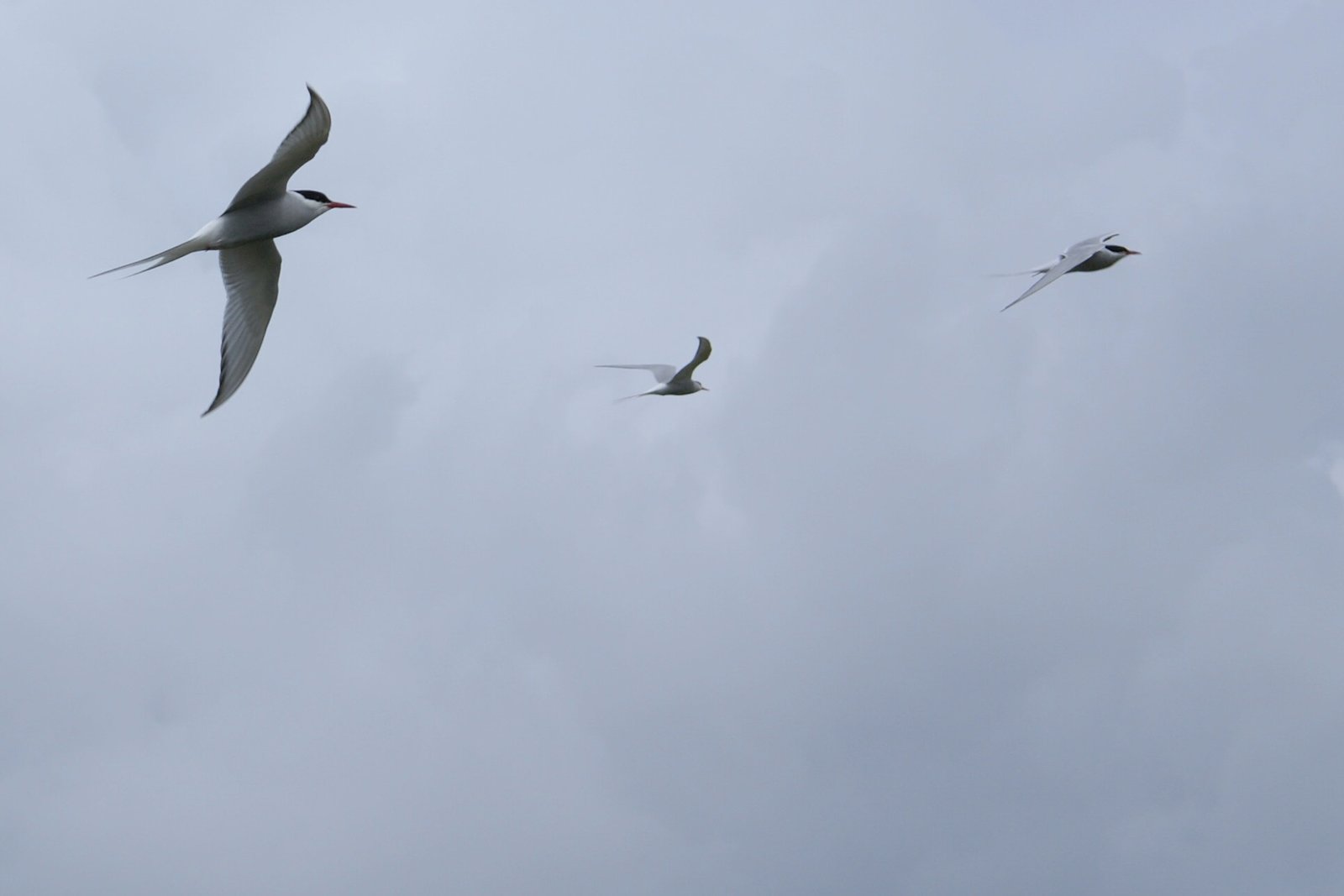
Think you’ve traveled far in your lifetime? The Arctic Tern might just humble you with its incredible journey. These remarkable birds travel more than 80,000 km annually for some individuals, making it the longest migration route of any animal on Earth. When scientists first attached geolocators to these incredible birds, they discovered something mind-blowing about their annual cycle.
Including their winter wanderings near Antarctica, they travel an average annual distance of 55,250 miles round trip. To put this in perspective, Arctic terns can live for over 30 years, so that during their lifetime they may fly an equivalent of 66 times around the Earth or three round trip flights to the Moon. Scientists working in Greenland and Iceland have used miniature satellite transmitters to uncover the secrets of their incredible journeys, revealing patterns that were completely unknown before modern tracking technology.
Swainson’s Hawks: Masters of the Thermal Highway

Picture thousands of hawks spiraling upward in massive columns, riding invisible highways in the sky. Nearly 350,000 Swainson’s Hawks have been counted passing over a single point in Panama City in October and November, and up to 845,000 have been counted in a single autumn in Veracruz, Mexico. These impressive raptors have mastered the art of long-distance travel without breaking much of a sweat.
Swainson’s Hawks basically followed three routes south on a broad front, converged along the east coast of central Mexico, and followed a concentrated corridor to a communal austral summer area in central Argentina. Scientists tracked these birds using satellite telemetry from 1995 to 1998, revealing that the flight from breeding ground to South American pampas in southern Brazil or Argentina can be as long as 7,100 mi (11,400 km). What makes their journey truly remarkable is how they travel together – sometimes forming flocks numbering in the thousands as they soar on thermals through Central America.
Ruby-throated Hummingbird: The Tiny Transoceanic Marvel
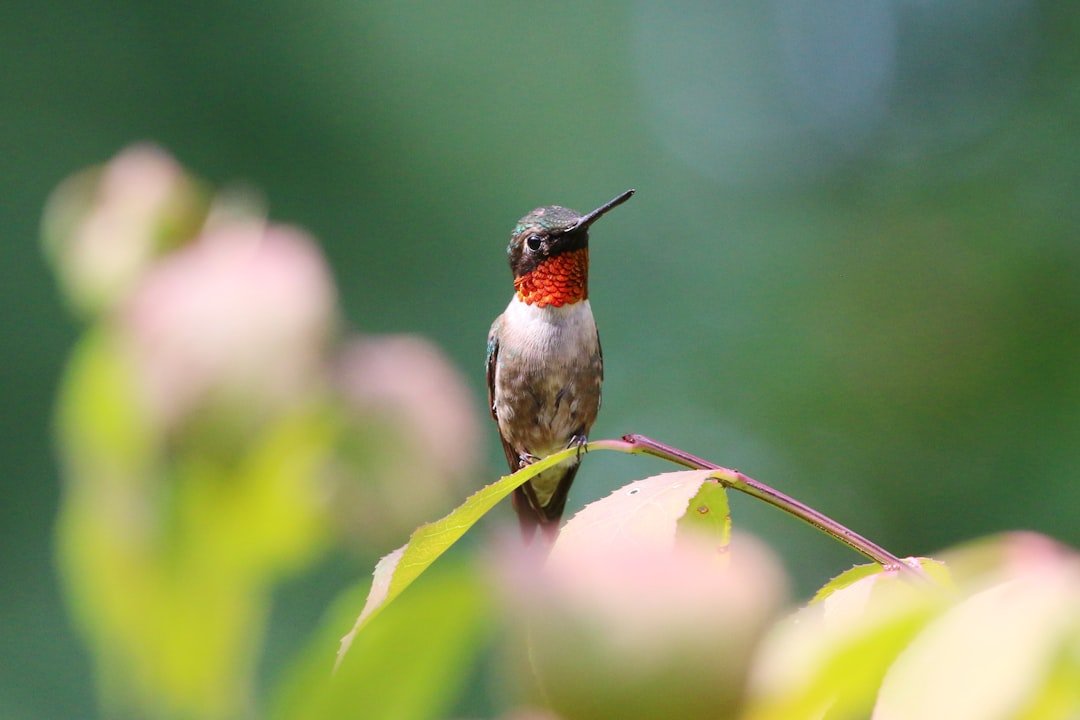
Don’t let their size fool you – Ruby-throated Hummingbirds are among the most impressive migrants crossing the United States. Ruby-throated Hummingbirds are the only breeding hummingbird species in eastern North America. They occupy the largest breeding range of any North American hummingbird species. These tiny powerhouses, weighing less than a nickel, undertake journeys that seem almost impossible for their size.
During fall migration, these remarkable birds gather in staging areas before making their most daring move. Ruby-throats gather in Florida, Louisiana and along the South Texas coast in September in preparation for the final push to the south, either over the Gulf of Mexico or via an overland route through Mexico. What’s truly amazing is that many of these hummingbirds fly non-stop across the Gulf of Mexico – a 500-mile journey over open water that takes them roughly 18-22 hours to complete. Modern tracking has revealed that some individuals can be spotted as far north as Canada in summer and as far south as Central America in winter, covering thousands of miles despite their diminutive stature.
Red Knot: The Horseshoe Crab Connection
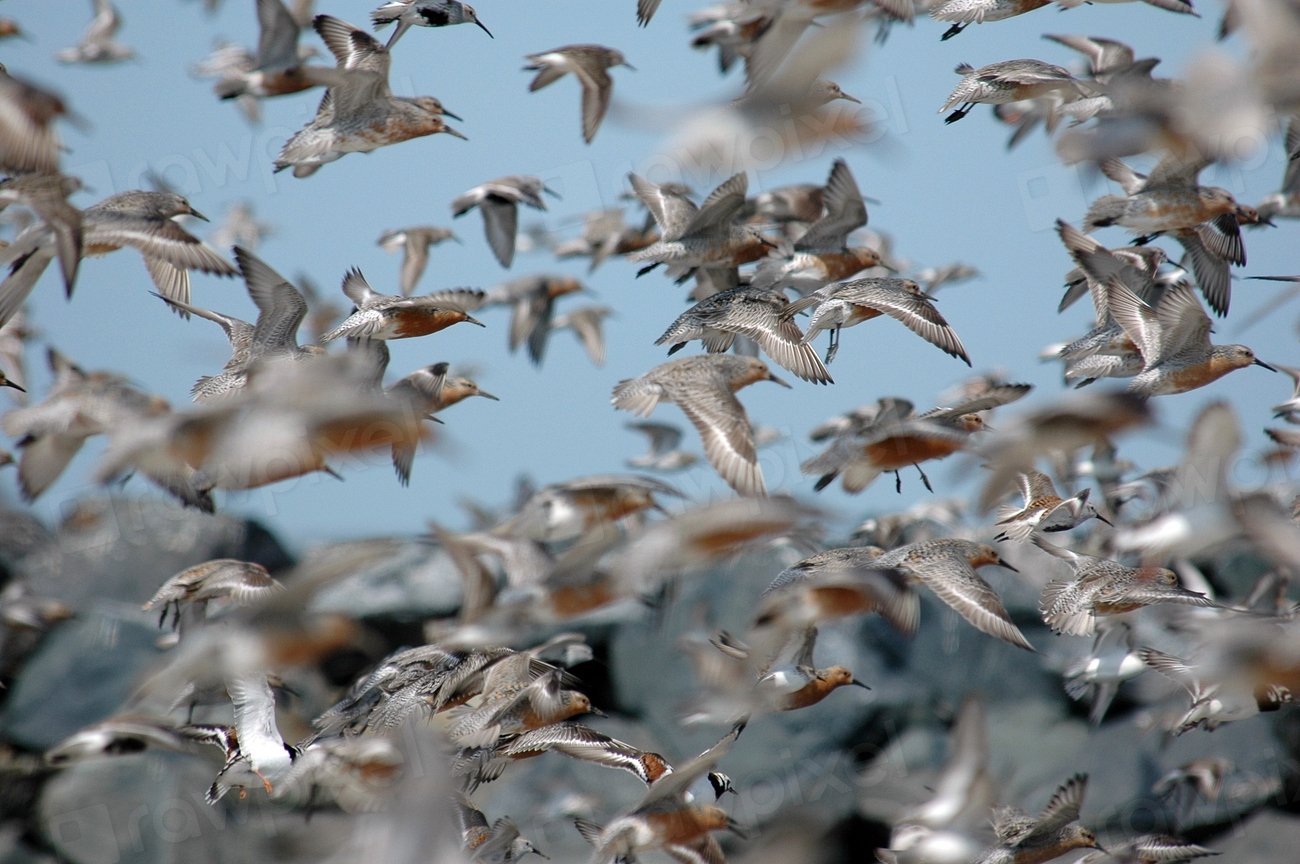
The Red Knot’s migration story reads like a perfectly choreographed dance across two continents. The Red Knot makes annual migrations of up to 15,000 km (9,300 miles) from Arctic breeding grounds to wintering areas as far south as Tierra del Fuego. Their survival depends on stopover sites, particularly Delaware Bay in the United States, where they feast on horseshoe crab eggs to fuel their journeys. This connection between bird and ancient marine creature has fascinated scientists for years, but satellite tracking has revealed just how critical this relationship really is.
The timing of their arrival at Delaware Bay coincides perfectly with horseshoe crab spawning season, creating one of nature’s most spectacular feeding frenzies. Scientists have discovered through GPS tracking that Red Knots can nearly double their body weight during their Delaware Bay stopover, storing enough energy for the final push to their Arctic breeding grounds. What makes their story even more remarkable is that they follow ancient flyway routes, with some populations taking different paths – some traveling along the Atlantic coast while others venture through the interior of the continent.
Northern Wheatear: The Unlikely Transcontinental Voyager

Who would expect a bird the size of a robin to undertake one of the most ambitious migrations in North America? Despite its small size, the Northern Wheatear migrates up to 14,500 km (9,000 miles) each year. Birds breeding in Alaska cross Asia to reach Africa, while those in Europe and Greenland also winter in sub-Saharan Africa. This creates one of the most mind-bending migration routes scientists have ever documented.
Think about the logistics for a moment – Northern Wheatears breeding in Alaska don’t just head south like most sensible birds. Instead, they fly west across Asia, traverse the entire width of the continent, and eventually end up in Africa. It’s like taking the longest possible route to your destination, except it somehow works perfectly for these remarkable travelers. Satellite tracking has revealed that some individuals make this journey in stages, stopping at traditional refueling sites that have likely been used by their species for thousands of years.
Wood Thrush: The Forest Corridor Navigator
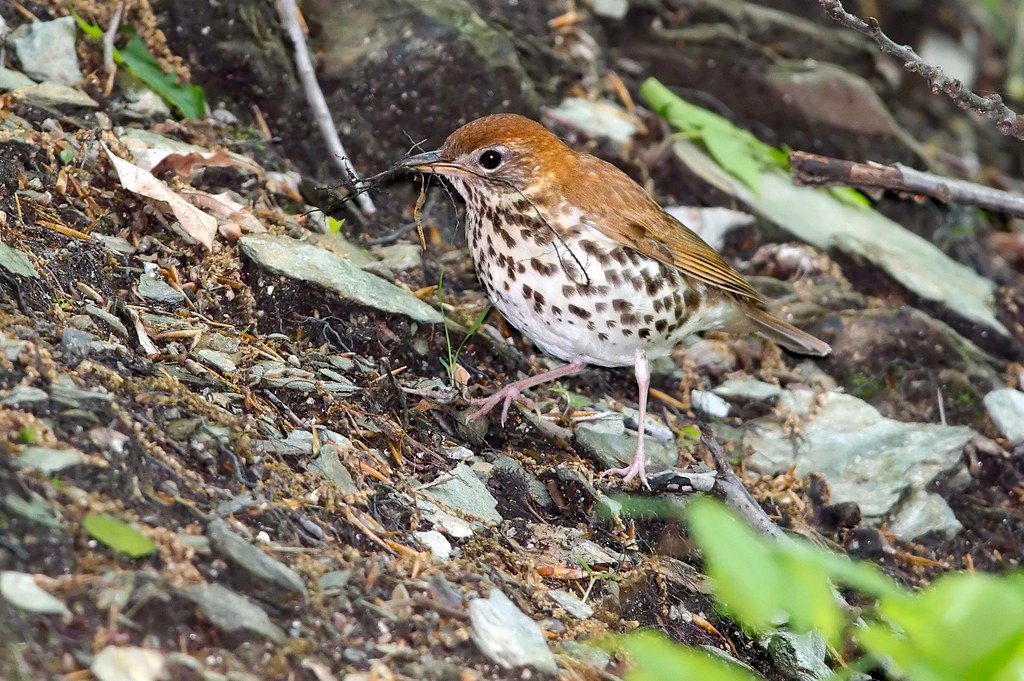
Deep in the eastern forests of North America, Wood Thrushes are facing one of the most challenging migration stories of our time. These melodious singers, known for their hauntingly beautiful flute-like songs, navigate complex forest corridors during their migrations between North American breeding grounds and Central American wintering areas. Geolocator studies have revealed that they travel roughly 4,000 miles each way, but their journey is fraught with challenges that didn’t exist generations ago.
Modern tracking technology has shown how Wood Thrushes rely heavily on intact forest corridors during migration. They prefer to travel through continuous woodland habitat, making stops in both mature forests and forest edges. Scientists have discovered that fragmented landscapes significantly impact their migration success, with birds spending more energy and time navigating around developed areas. Their routes often follow major river valleys and mountain ranges, using these natural features as navigation guides during their nocturnal flights southward.
Broad-winged Hawk: The Thermal Superhighway Specialists

Every September, one of North America’s most spectacular migration events unfolds as hundreds of thousands of Broad-winged Hawks funnel through narrow corridors across the continent. These medium-sized raptors have perfected the art of energy-efficient travel, rarely flapping their wings during migration as they ride thermal currents from southern Canada to Central and South America. Hawk watchers gather at famous migration sites like Hawk Mountain in Pennsylvania and the Duluth area in Minnesota to witness streams of these birds passing overhead.
Satellite tracking has revealed that Broad-winged Hawks follow remarkably consistent routes year after year, with some individuals returning to the same staging areas and even the same trees. Their migration typically covers between 4,500 to 6,000 miles each way, and they can travel in flocks called “kettles” that sometimes contain thousands of individuals. What’s particularly fascinating is how they time their departure with weather systems – waiting for cold fronts that provide the lift they need for their long-distance travel.
Peregrine Falcon: The Speed Demon’s Continental Circuit
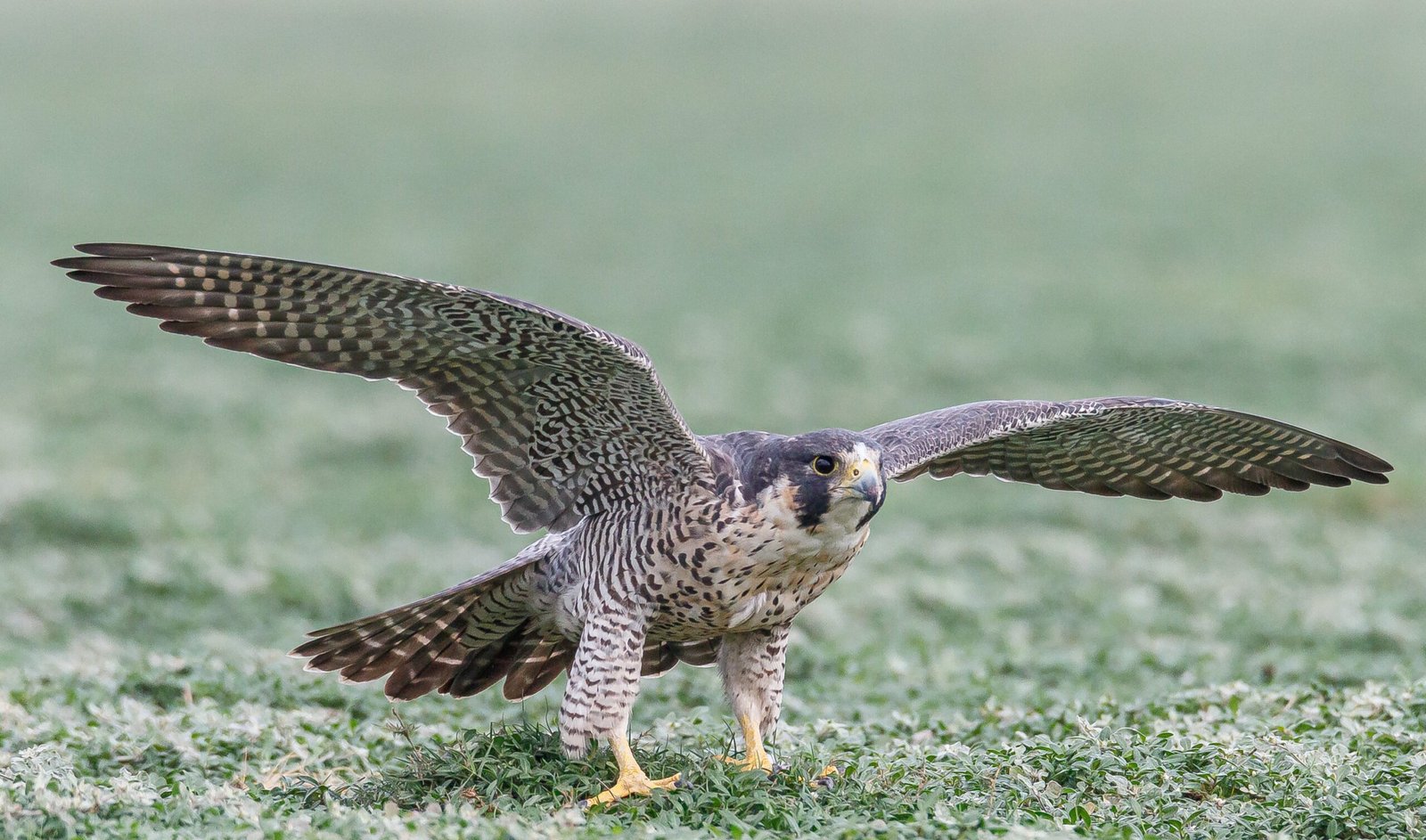
Known as the fastest bird in the world during hunting dives, Peregrine Falcons also rank among the most impressive long-distance migrants crossing the United States. Arctic-nesting Peregrine Falcons undertake journeys that can exceed 10,000 miles each way, traveling from the high Arctic tundra to wintering grounds as far south as Argentina. Their satellite tracking data reads like a high-speed adventure novel, with some individuals covering over 100 miles per day during peak migration periods.
What sets Peregrine Falcons apart is their incredible versatility in habitat use during migration. Satellite telemetry has shown them stopping everywhere from urban skyscrapers to remote beaches, adapting their hunting strategies to local prey availability. Some Arctic-breeding birds follow coastal routes, while others cut straight across the continent. Their ability to navigate using both visual landmarks and possibly magnetic fields has made them subjects of intense scientific study, with researchers discovering that young birds learn migration routes from experienced adults.
Baltimore Oriole: The Neotropical Nomad
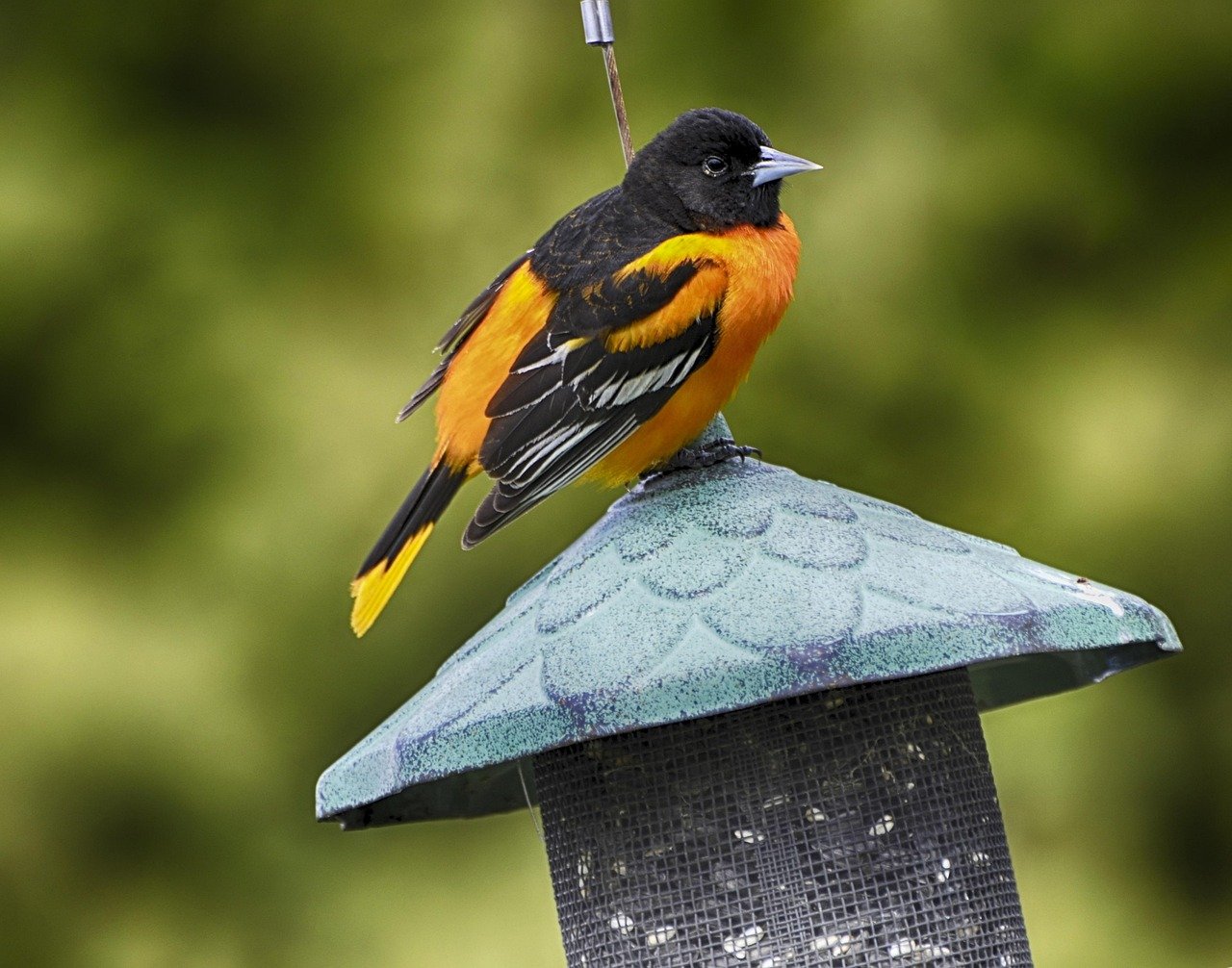
The brilliant orange and black Baltimore Oriole represents one of the classic examples of neotropical migrants – birds that breed in North America but spend their winters in Central and South America. These striking songbirds travel between 3,000 to 4,500 miles each way, with satellite tracking revealing surprisingly diverse migration strategies within the same population. Some individuals take direct routes through Texas into Mexico, while others follow more coastal paths through Florida.
Recent geolocator studies have uncovered fascinating details about their winter behavior in Central America. Rather than staying in one location, many Baltimore Orioles continue moving throughout the winter months, following flowering cycles and fruit availability across their tropical wintering grounds. Scientists have discovered that birds from different breeding populations often intermingle during winter, creating temporary communities in the coffee plantations and forest edges of Central America before dispersing back to their respective territories in spring.
Common Yellowthroat: The Wetland Wanderer

Hidden among cattails and marsh grasses across North America, Common Yellowthroats embark on migrations that showcase the incredible diversity of warbler movement patterns. These small, olive-green birds with distinctive black masks travel between 2,000 to 3,500 miles each way, moving from breeding grounds across most of the United States and southern Canada to wintering areas from the southern U.S. through Central America. What makes their migration particularly interesting is how closely tied it is to wetland habitats along the way.
Tracking studies using miniature geolocators have revealed that Common Yellowthroats are remarkably faithful to specific stopover sites during migration. They seem to follow chains of wetlands, moving from marsh to marsh as they progress along their routes. Scientists have discovered that habitat quality at these stopover sites directly affects their migration timing and breeding success – birds that find high-quality wetlands during migration arrive at breeding grounds in better condition and have higher reproductive success.
Conclusion
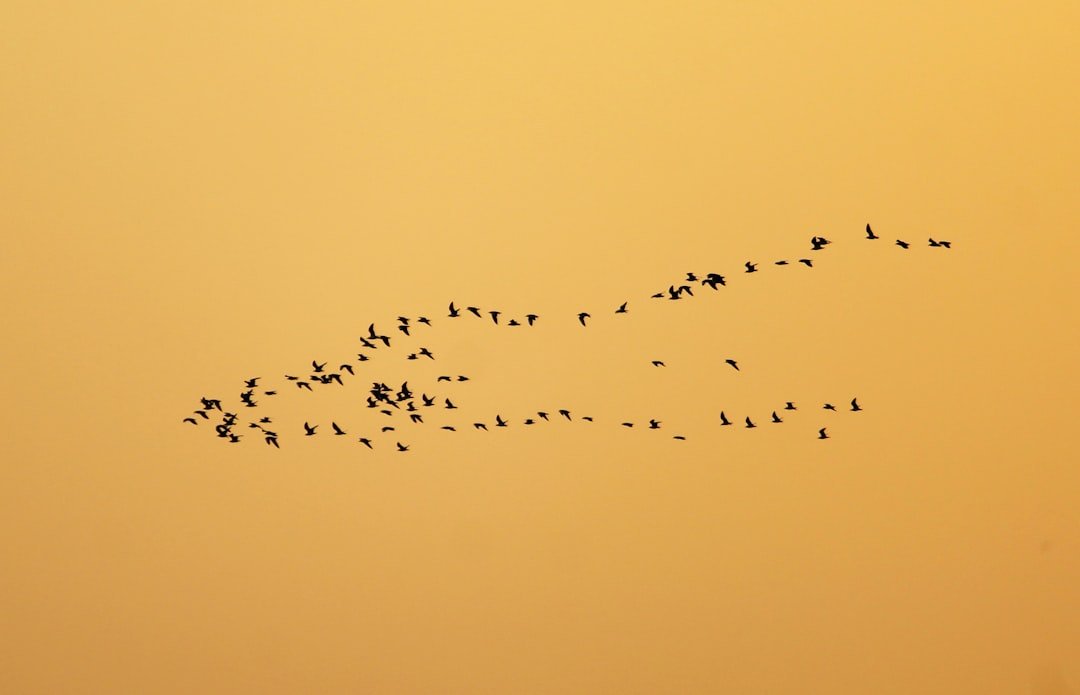
The satellite revolution has transformed our understanding of bird migration from educated guesswork to precise science. Fall migration will bring 4 billion birds into the skies over the United States. That’s not a guess – it’s hard data, gleaned from the first-ever national bird count using weather radar. These technological advances have revealed migration stories more incredible than any fiction writer could imagine – from Arctic Terns completing the equivalent of three round trips to the moon in their lifetime to tiny hummingbirds crossing the Gulf of Mexico in a single night.
What strikes me most about these discoveries is how they’ve shown us that migration isn’t just about getting from point A to point B. It’s about ancient connections between breeding grounds and wintering areas, critical stopover sites that can make or break a journey, and the delicate timing that has evolved over millions of years. As climate change and habitat loss continue to challenge these remarkable travelers, the data from satellites becomes increasingly important for their conservation. Who would have thought that space-age technology would become so crucial for protecting some of Earth’s oldest and most instinctive behaviors?

Hi, I’m Andrew, and I come from India. Experienced content specialist with a passion for writing. My forte includes health and wellness, Travel, Animals, and Nature. A nature nomad, I am obsessed with mountains and love high-altitude trekking. I have been on several Himalayan treks in India including the Everest Base Camp in Nepal, a profound experience.

